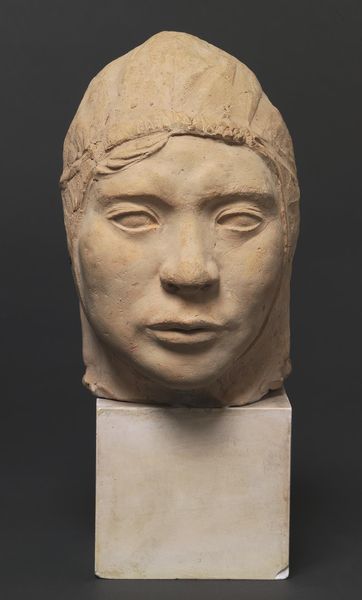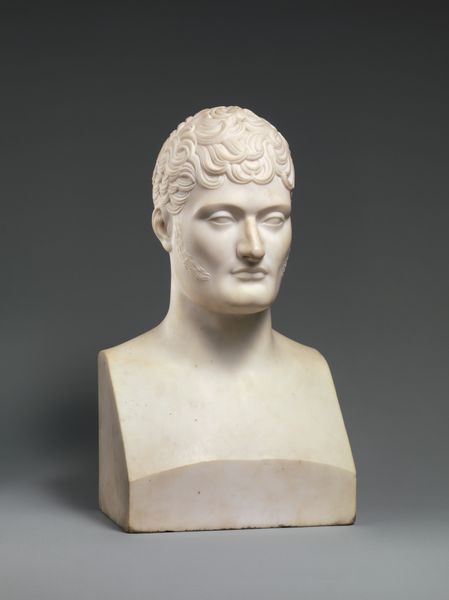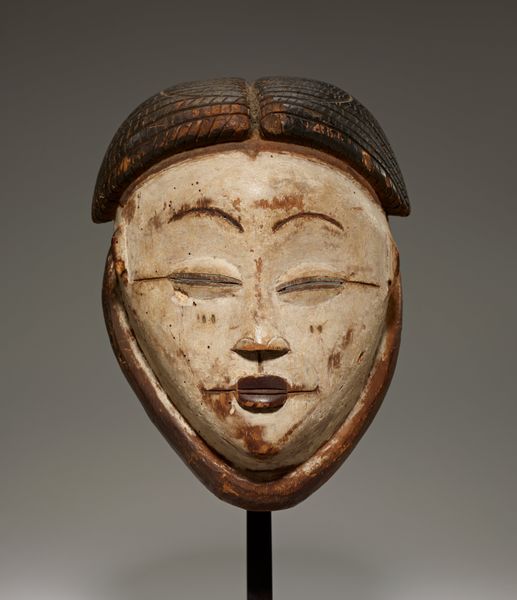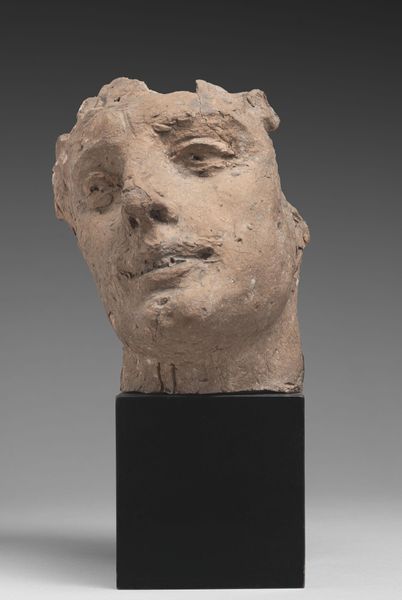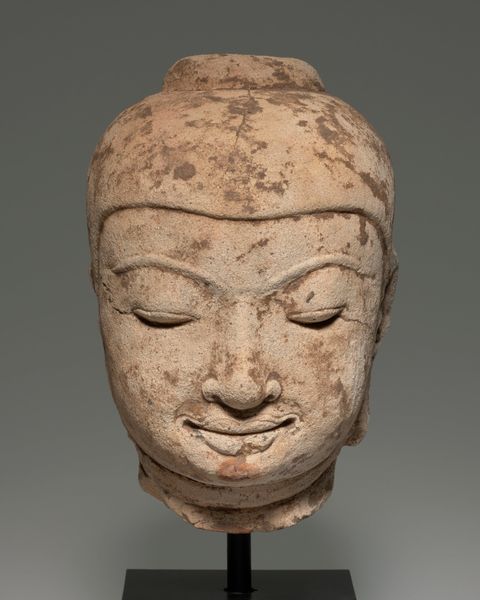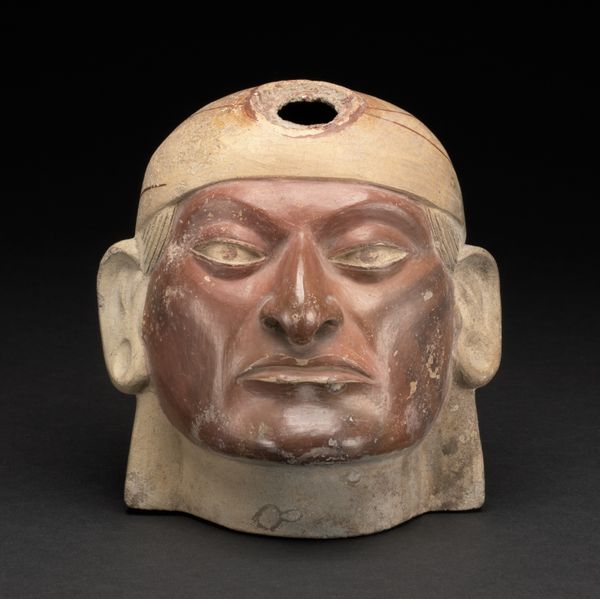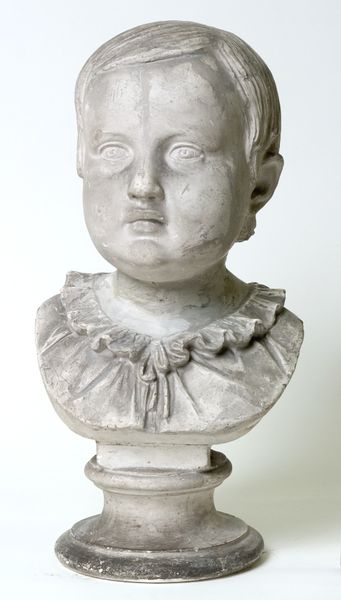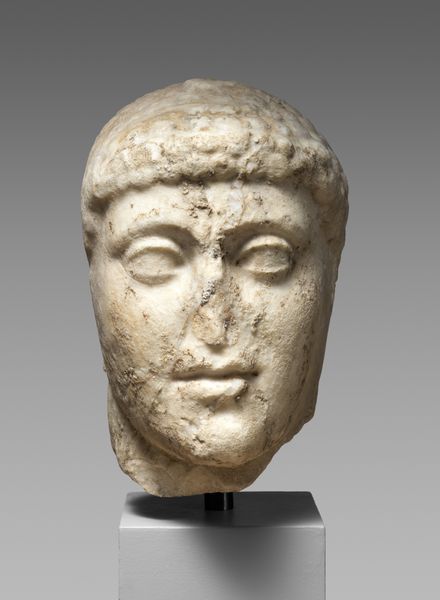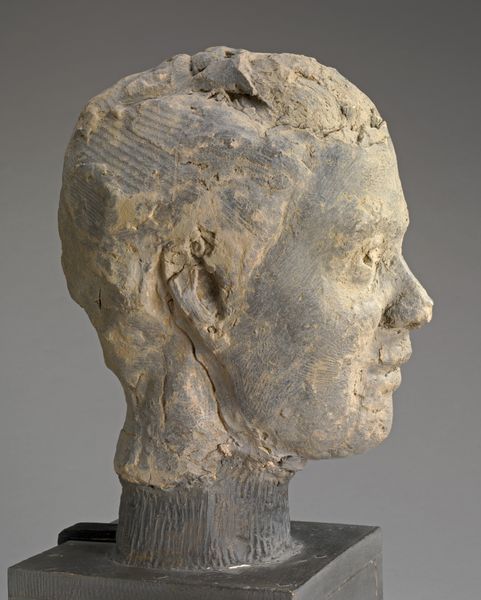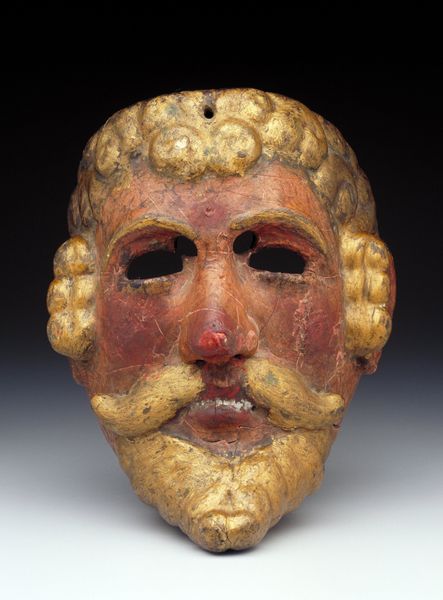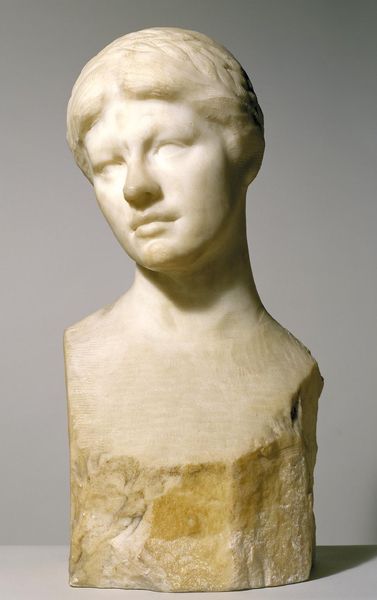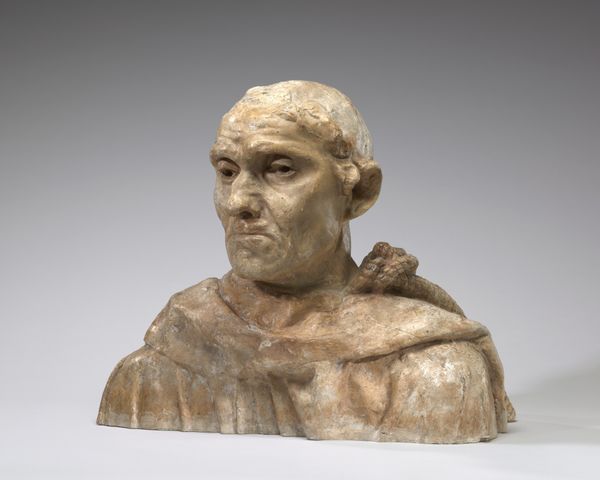
bronze, sculpture
#
portrait
#
sculpture
#
bronze
#
sculpture
#
history-painting
#
decorative-art
#
realism
Dimensions: Art only: 9 1/4 in. (23.5 cm) Block (art mounted to block: overall assembled height and block footprint ): 15 × 5 × 5 in. (38.1 × 12.7 × 12.7 cm) Weight on block, confirmed: 14.4 lb. (6.6 kg)
Copyright: Public Domain
Editor: Standing here before Rodin's bronze head of "Honoré de Balzac" from 1891, I'm immediately struck by the intensity of the gaze and the almost brutal texture of the sculpture's surface. It feels less like a traditional portrait and more like an exploration of raw emotion. What do you see in this piece? Curator: I see an engagement with the fundamental qualities of form and texture that transcend a mere likeness. Observe how Rodin employs the rough, almost unfinished surface to convey a sense of inner turmoil, of Balzac’s relentless creative energy. The asymmetry in the facial features, the deep-set eyes, they are not flaws, but rather calculated deviations from idealized representation. The strategic use of light and shadow emphasizes the planes and contours of the face, thereby accentuating the psychological depth. Editor: So, you're suggesting that Rodin prioritizes emotional expression and material exploration over accurate representation? Curator: Precisely. While undeniably a portrait, its significance lies less in capturing Balzac’s external appearance and more in communicating an interiority, an essence. Notice the deliberate absence of fine detail in the hair, contrasted with the more defined, almost piercing gaze. This manipulation of form directs our focus, emphasizing the power of Balzac's intellect. Editor: I can see that now. The way Rodin has used the medium, bronze, it feels almost like he's sculpting with light as much as with material. Curator: Indeed. It's a masterclass in the manipulation of form and texture. Semiotically, each intentional mark serves as a signifier of Balzac's complex personality. The sculpture doesn't simply represent; it evokes, challenges, and provokes thought on the relationship between art, representation, and the human condition. Editor: I appreciate how you’ve illuminated the visual and philosophical complexities embedded within the sculpture, helping me understand Rodin's choices beyond mere portraiture. Curator: And you have keenly observed how Rodin's unique manipulation of the bronze medium brings forth a striking depth of emotion. It is this interplay between artistic intent and insightful observation that unlocks the true meaning of the artwork.
Comments
No comments
Be the first to comment and join the conversation on the ultimate creative platform.
